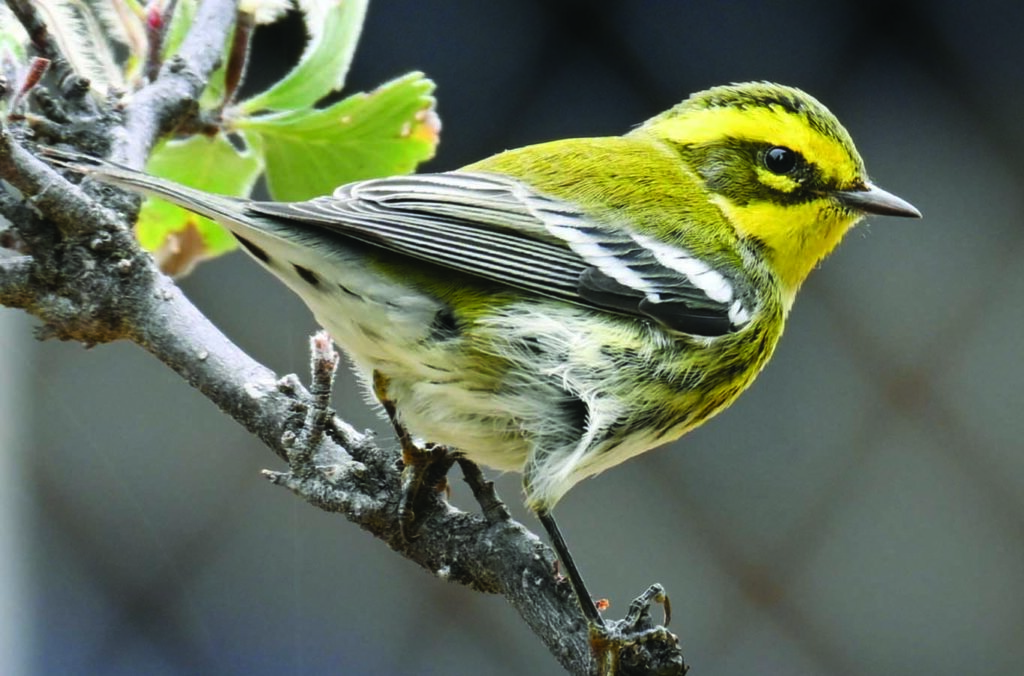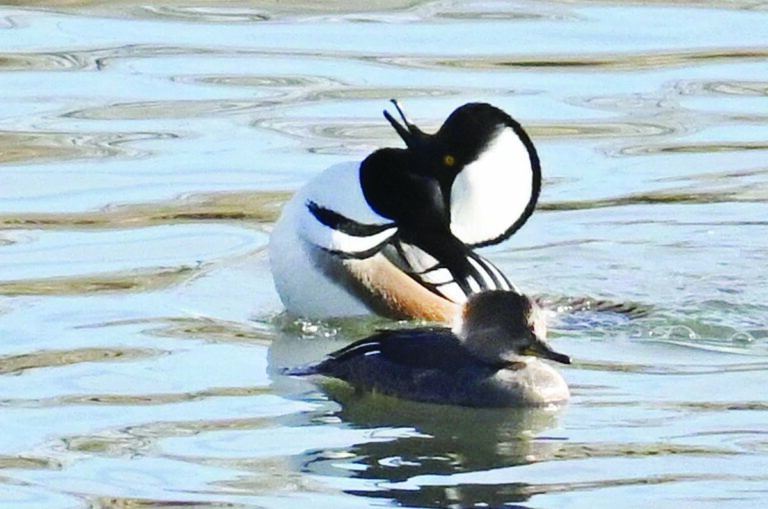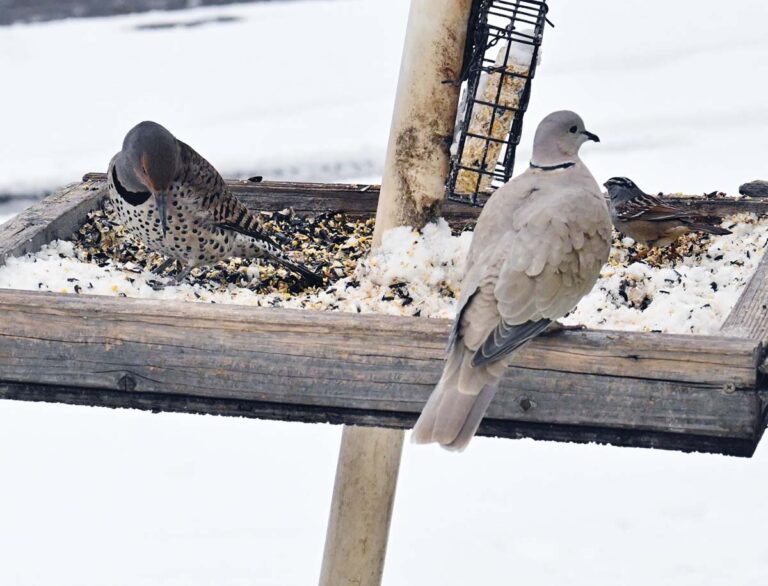Happy Fall nature lovers. Ken Hall here , aka Bird Nut.
I would like to share something that occurs each Spring and again in Fall, bird migration. Many folks will say, “what, bird migration?” That is because most birds make their travels between sunset and first light. Resting during the day. Visiting local feeders and other sources, replenishing the energy spent in an all night flight. It is estimated the average speed of birds is 13 miles per hour. That would be approximately 130 miles a night. Flying at a typical elevation of 4000′, but as high as 10,000′. There are three reasons they make their travels at night. They navigate by the stars. This dictates at what height they fly in case of cloud cover. Traveling in darkness lessons predation. And lastly, temperature. It is much cooler at night.
Migration is a wonderful time to be a bird nut. Fellow bird nut friends, Mark Reinig, Neil Wasserman, and Warren Beasley can attest to that. Follow their outstanding photos as well as mine on Facebook, Birds of Colorado, or Bird Friends of Colorado. You will see the amazing array of beautiful birds that are calling Colorado home for only a day or two. During peak migration millions of birds will be flying over Colorado. Colorado Birdcast keeps up to date migration figures via radar with estimates of daily bird numbers. September 15 at 9:45 PM it is estimated that 641,700 migrating birds traveled over Colorado alone. Flying at approximately 3700′. And you thought all was quiet up there once the sun sets.
Migration in the fall is a joyous, yet sad time for birders. As mentioned the three gentlemen above and myself feel an almost overpowering drive to be out there staring up into the trees every waking moment. But as that little Warbler or Hummingbird take flight we know we won’t see them again for five months. Thus the sadness sets in. So when you see us out there slump shouldered , wandering aimlessly, with a tear in our eyes, try a bit of kindness and understanding. But we are a resilient lot. Soon we’ll be out there with cameras, binoculars, or journals in hand staring back into the trees at our winter friends.
Earlier I mentioned the migration is directed by light and the stars. It is so important to practice limiting light pollution. Millions of nighttime migrating birds die each year due to light pollution. Caps over nightlights to keeping light pointed down is extremely important. Research ‘Dark Sky Communities’. There are many great ideas there.
This is a wonderful time to see our migrating friends along the greenbelt, and our many parks, or backyards. Hope to meet you on the trail. Happy wanderings.






